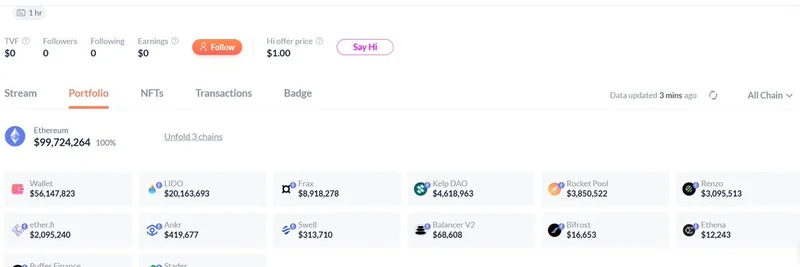In the fast-paced world of crypto, where meme tokens often steal the spotlight with their viral antics, bigger shifts are happening behind the scenes. A recent tweet from podcast host Kevin of When Shift Happens (@KevinWSHPod) highlights a conversation with Sunil Sharma from Circle (@circle), the company behind the popular stablecoin USDC. The clip, shared from the PayFi Summit at TOKEN2049, dives into the concept of "PayFi" – a blend of payments and decentralized finance (DeFi) that's set to make money truly internet-native.
Kevin's post sums it up nicely: "@sunilsharma_eth from @circle says we’ve upgraded everything in our lives to internet-native - except MONEY! Until now... That’s the core of PayFi - as Sunil puts it - we’re finally moving from analog rails to programmable money. That’s why Circle is building internet-native financial rails. And we’re at the inflection point. Regulation is catching up. The question isn’t if, it’s how fast. Full mini-podcast out Tuesday."
For those new to the term, programmable money refers to digital currencies that can be coded with rules and conditions, much like smart contracts on blockchains such as Ethereum or Solana. Think of it as money that doesn't just sit there – it can automatically execute actions, like splitting payments, enforcing conditions, or even self-destructing under certain scenarios. This is a game-changer compared to traditional "analog" money systems, like bank wires or credit cards, which are clunky and lack built-in intelligence.
Circle, as a major player in stablecoins, is positioning itself at the forefront of this evolution. Their USDC is already widely used in DeFi and payments, and integrating programmable features could open doors for more seamless, automated transactions. Sunil emphasizes that we're at a tipping point where regulations – think MiCA in Europe or potential U.S. frameworks – are aligning with innovation, paving the way for mainstream adoption.
Why This Matters for Meme Tokens
Meme tokens, born from internet culture and community hype, have traditionally been about speculation and fun. But imagine infusing them with PayFi capabilities. Programmable money could enable meme projects to automate airdrops based on holder behavior, create conditional rewards (e.g., "hold for 30 days to unlock bonuses"), or even integrate micro-payments for community events. This shifts memes from pure volatility plays to tokens with real utility, potentially attracting more serious investors while keeping the playful spirit alive.
For blockchain practitioners dabbling in memes, this means easier ways to build and distribute tokens. Platforms like Solana, where many memes thrive, could see enhanced tools for programmable payments, reducing reliance on centralized exchanges and boosting decentralization.
The tweet sparked some interesting replies. One user, @UnDrogado_poeta, asked: "how will programmable money change everyday budgeting for most people?" It's a solid question – picture apps that automatically allocate your salary into savings, investments, or even meme token stakes, all without manual intervention. Another reply from @THRIGGAR simply stated: "It's stables szn," hinting at the rising importance of stablecoins like USDC in this new era.
As the full mini-podcast drops on Tuesday, keep an eye on When Shift Happens for deeper insights. In the meantime, this clip is a reminder that while meme tokens bring the memes, underlying tech like PayFi could bring the real staying power.
Stay tuned to Meme Insider for more on how emerging tech intersects with the wild world of meme coins. If you're building or trading memes, understanding programmable money might just give you the edge in the next bull run.


